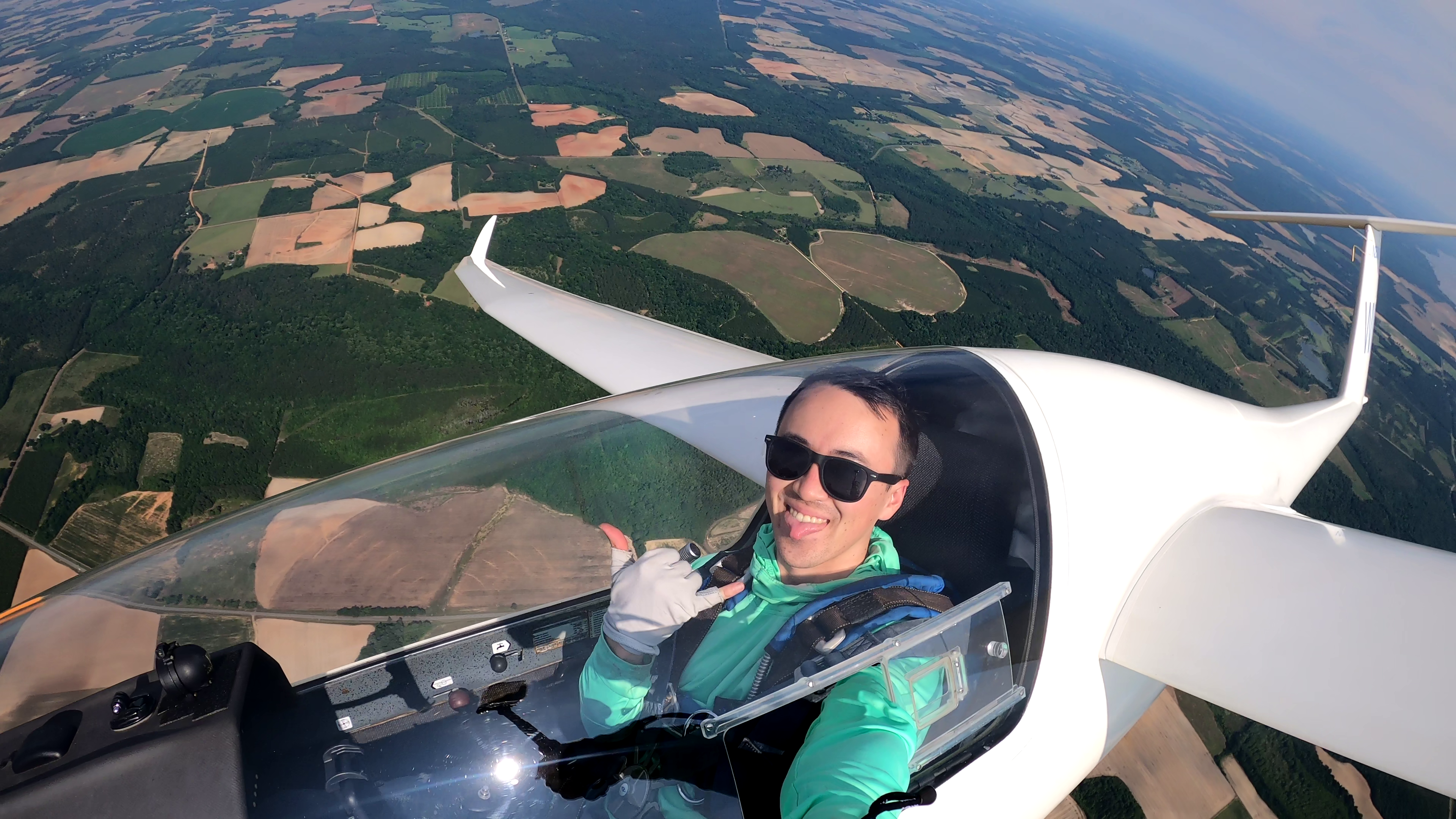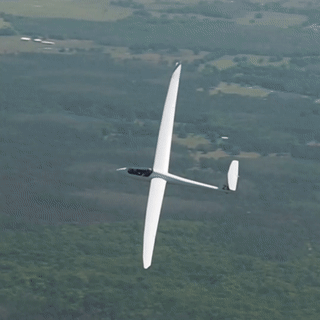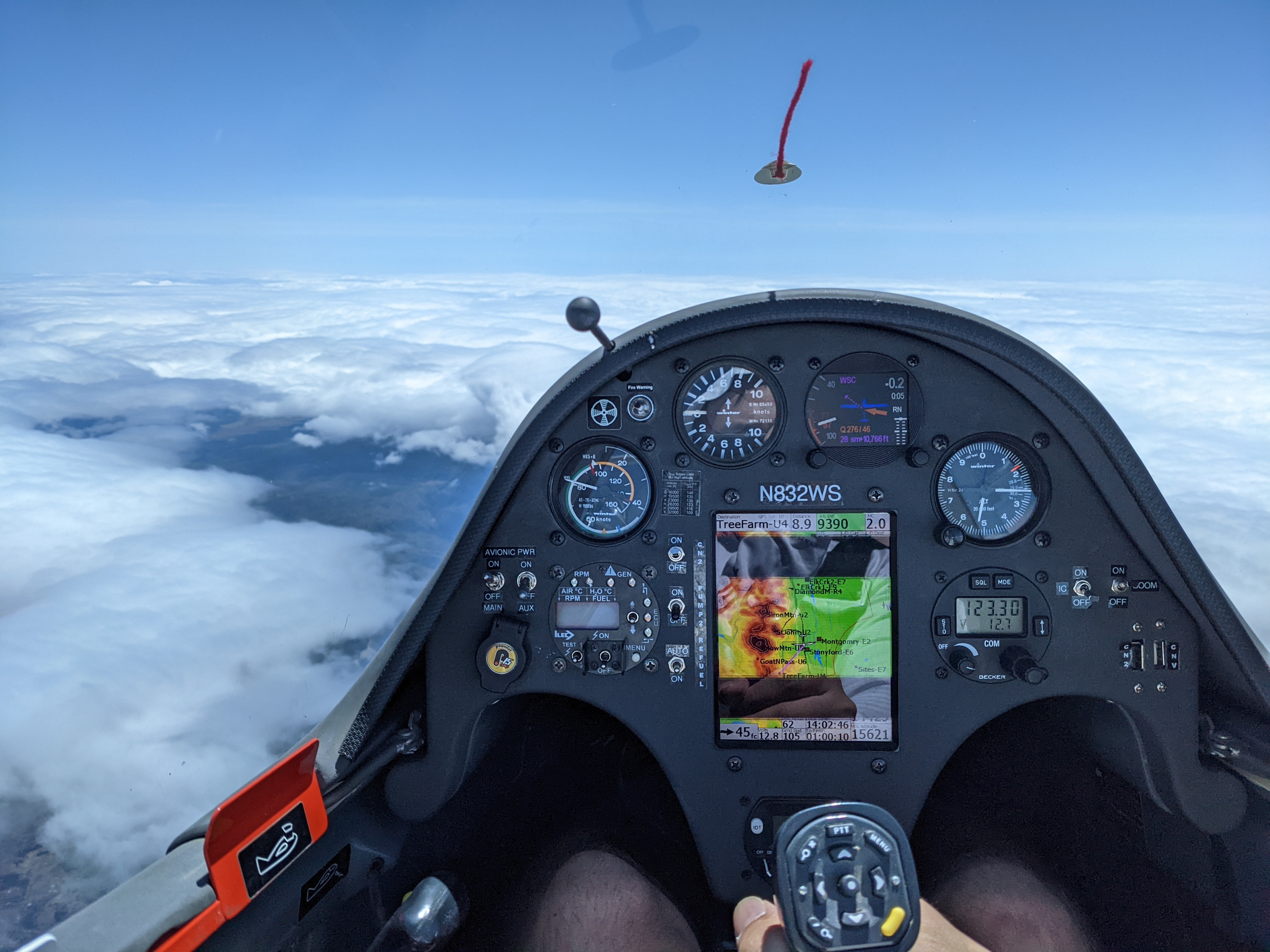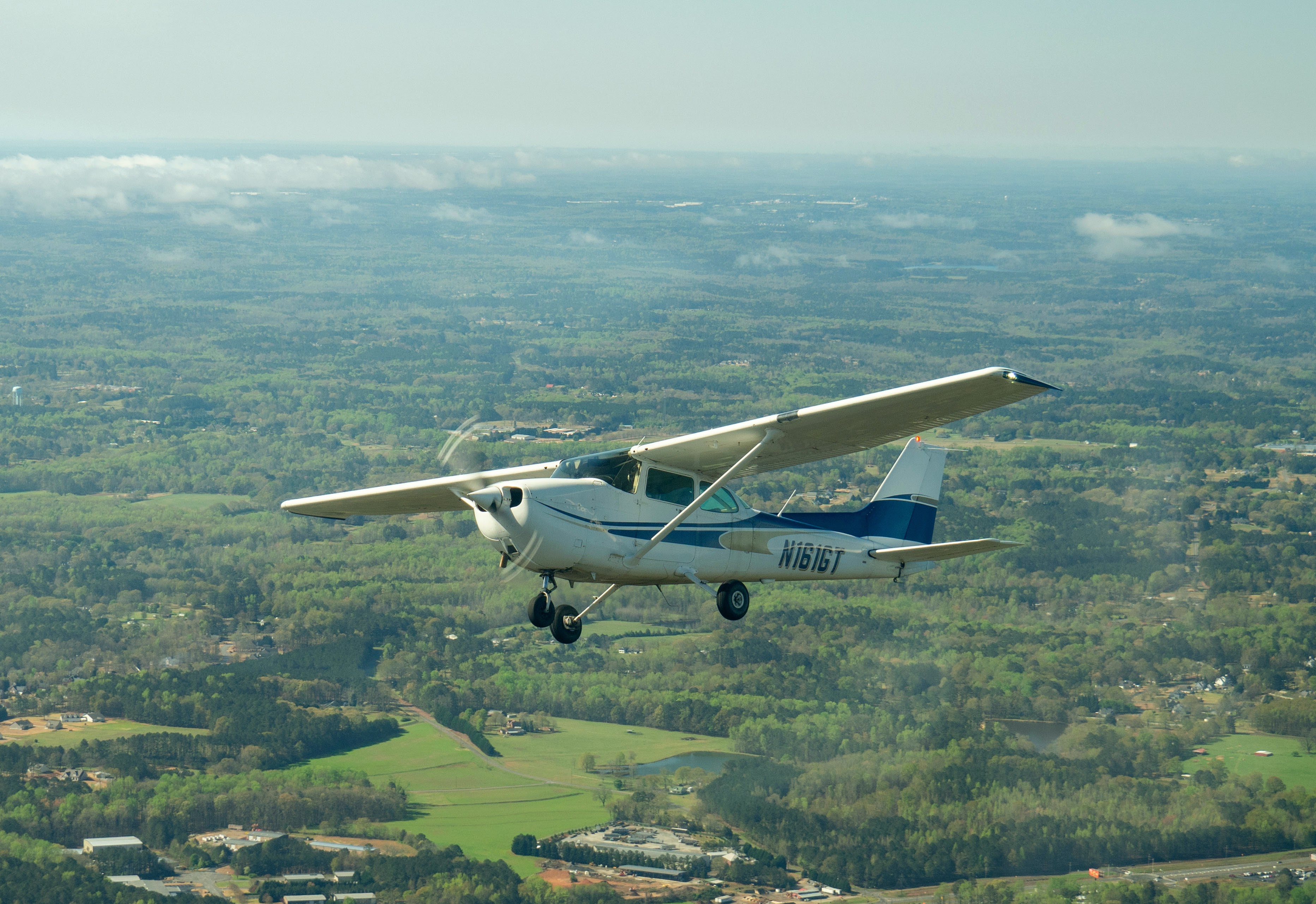planes
I fly gliders and power planes for fun

Gliders are highly aerodynamic airplanes with no engine. An airplane’s efficiency can be measured by its glide ratio. For example, an airliner may have a glide ratio of 16:1, meaning with 1 mile of altitude it can glide 16 miles horizontally. Gliders are optimized to have as little drag as possible, and have glide ratios up to 60:1. However, since they have no engine, glider pilots must be masters at finding naturally rising air, which allows them to gain altitude using the power of the atmosphere. In areas without mountains, gliders use thermals to stay aloft, which are columns of rising air formed by convection. Pilots jump from thermal to thermal, and can stay up for hours while covering great distances. Skilled pilots participate in races, where up to 50 airplanes fly simulaneously around a 200-300 mile course as quickly as possible.

I got my glider pilot’s license in high school. Since then, I’ve enjoyed flying gliders at an increasingly competitive level. My longest flight is 9.5 hours, and the furthest I’ve flown is 500 miles, from Califonia to Idaho. I’ve climbed to 18,000 ft, which requires wearing supplemental oxygen systems. I’ve also set 11 Georgia soaring records for speed and distance.
I’ve also worked on developing inertial variometers for gliders. A variometer is a precise instrument which tells a glider pilot if they’re going up or down very accurately, which allows them to tell if they’re in lift. However, current variometers rely on pressure sensors in the tail of the airplane, which are noisy and sensitive to atmospheric turbulence. Instead of using these air-powered sensors, I proposed using inertial sensing, which uses accelerometers, gyroscopes, and a GPS to form an INS. Inertial sensors are much more precise, and would allow pilots to much more accurately know the state of the air around them. While I successfully flew with a prototype, I’m waiting until I have my own glider to continue this project.

More recently, I got my license to fly powered aircraft. I’ve spent most of my time in the Cessna 172. These machines are obviously easier to keep in the air, but present a different set of challenges from gliding. I’ve pulled at most +4.5 and -2.0 Gs in power planes, but I hope to increase these numbers dramatically.
